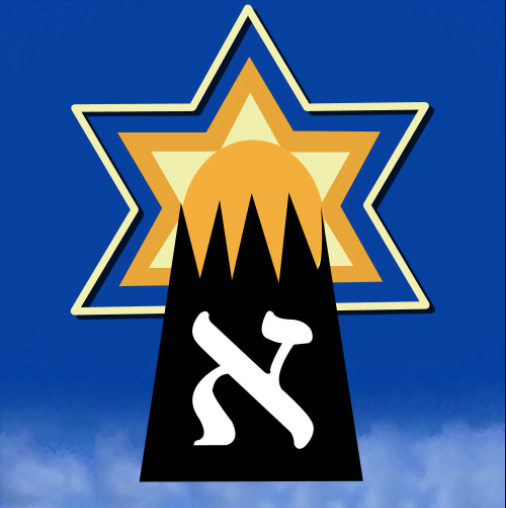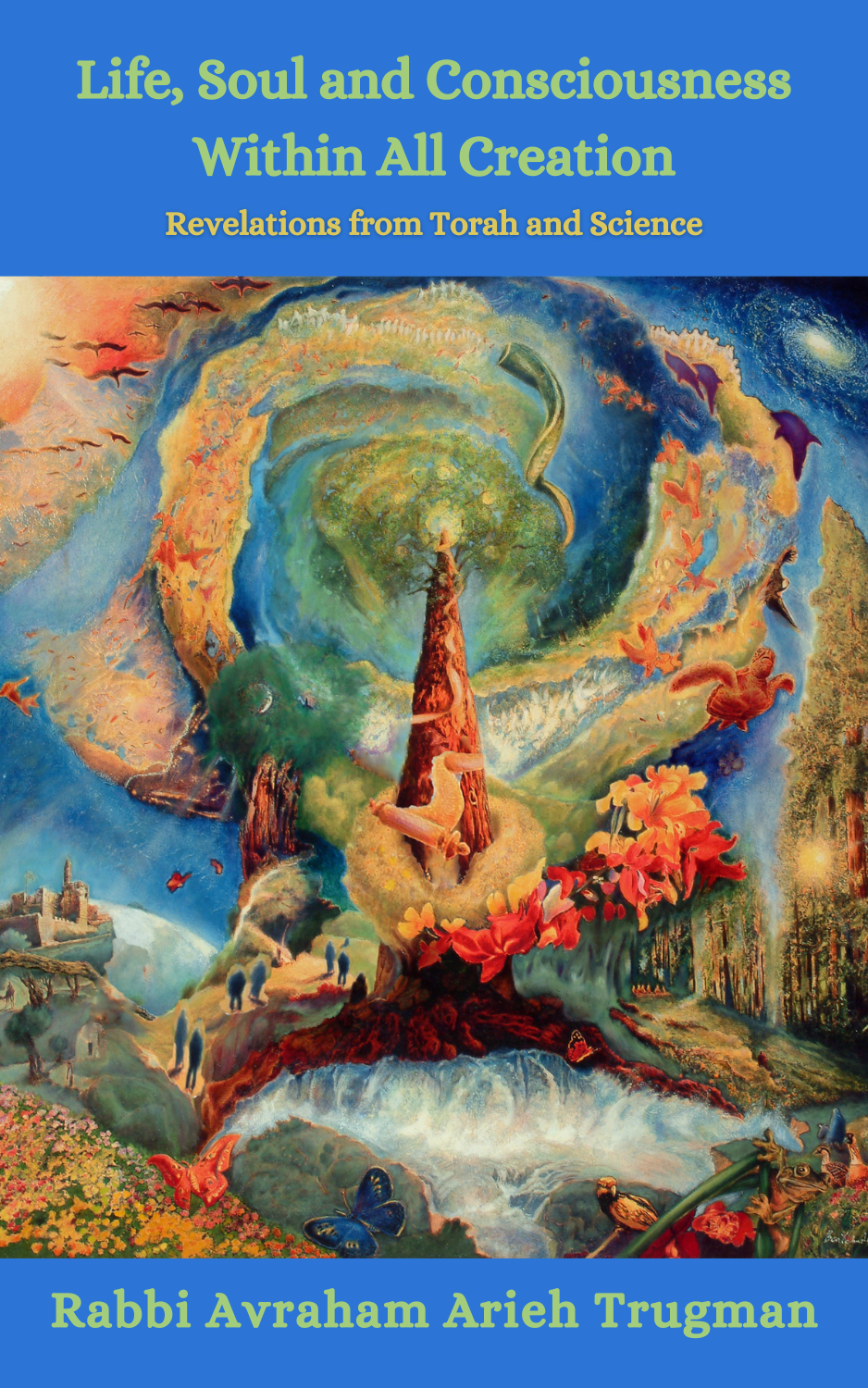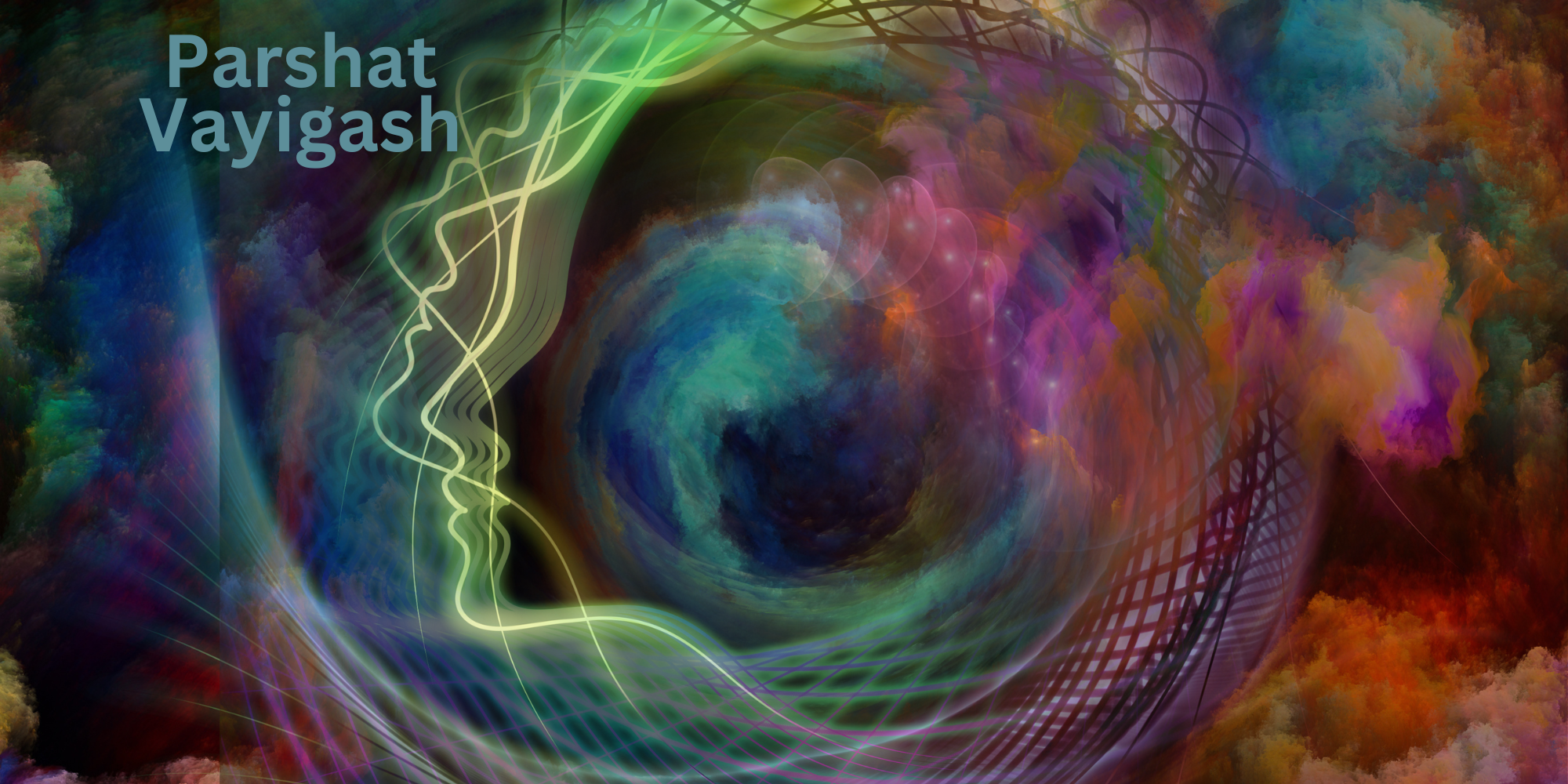The Torah portion of Chayei Sarah begins with a detailed explanation of how Abraham purchases the cave of Machpelah as the burial site of his beloved wife Sarah. The purchase of the cave was in fact the initial purchase of the land of Israel by Abraham. The Torah records that the place that Sarah died was in Kiryat Arba known as Chevron (Genesis 23:2). This city served as one of Abraham and Sarah’s main homes when they came to Israel. Rashi explains that it is called Kiryat Arba, literally, the “city of four,” as at one time four giants had lived there. He brings a second opinion that it is called by this name as four couples are very buried there: Adam and Eve, Abraham and Sarah, Isaac and Rebekah, and Jacob and Leah. Although at this point he does not explain the meaning of the name of the city being Chevron, in a previous comment he explains the name as deriving from the root chaver, which means “connected” and “friend;” it was there that Abraham became connected to God on the level of best friends, as it were.
When God told Abraham to leave his country, his birthplace and his father’s house and go to the land that He would show him, Abraham at that time was living in a place called Charan. Rashi explains that until Abraham God’s anger was kindled against the world (Genesis 12:32). He bases his explanation based on the name Charan deriving from the root meaning “anger.” Until Abraham, the first twenty generations of human kind had experience one sailing after another: the expulsion from the Garden of Eden, Cain killing Abel, the introduction of idol worship, the flood that wiped out humanity, in the dispersion after the power of Babel. God’s response symbolized in what we would term “anger.”
Thus, it is interesting to note the similarities in the names of the places where Abraham came from and the place where he resided in Israel and buried his wife. The name Chevron (חברון) has the same letters as Charan (חרן) with an additional letter beit and vav. Both of these letters symbolize connection: the letter beit equals two, implying a relationship between two people or entities, and the letter vav means “and” which is the essential letter of connection in language. Therefore, we can see that the names of these places in Rashi’s explanations reveal the transition that not only Abraham made by leaving everything behind in following God’s command, but also God’s relationship with the world transitioning from “anger” to intimate relationship, connection and friendship.
The addition of the letter beit, which equals two, further alludes to the four couples that are buried in Kiryat Arba. It also reveals the meaning of Machpelah, the name of the cave where Sarah is buried. Rashi explains that this cave was actually a double cave, one above and one hidden below it. He further says that it was called this because of the couples that were buried there. Rashi bases his explanation due to the fact that the root of the word Machpelah is kaful, which means “double” (Genesis 23:9).
The addition of the letter vav alludes to another tradition that the burial place of our Patriarchs and Matriarchs along with Adam and Eve is the connecting channel between this world and the World to Come. The Land of Israel connects God and mankind, physical and the spiritual, life and eternal life of the soul after death, and this world and the World to Come. Similar to how the Temple Mount serves as a conduit for prayer to rise to heaven, as Jacob stated after his dream of a ladder that connected earth to heaven, the place where our Patriarchs and Matriarchs are buried in Chevron also has the spiritual power of connecting us to a higher reality.
On Shabbat many congregations begin Kabbalat Shabbat by singing the awesome poem, Yedid Nefesh, which refers to God as the “beloved of the soul.” It was Abraham who not only “discovered” the truth of there being one God and then making it his life’s mission to teach all of humanity this truth, he was also the first human being to connect to God in such a deeper way, or as Rashi comments he became “friends with God. The meaning of friend here does not imply a casual relationship, rather it indicates a deep connection called brit, or covenant. The covenant that God made with Avraham is unbreakable and transcends any other type of relationship. Later in history it was King David who is able to express the full range of emotion born out of such a relationship with the Creator of the universe. The name David comes from the same word as Yedid, “beloved.” This love relationship between God and Israel is encapsulated in the Song of Songs, especially in the verse “I am to my beloved and my beloved is to me” (6:3). Eventually the “son of David,” the Mashiach will teach all mankind how to achieve this connection with God.
The prophet Isaiah says in the name of God: “But you, Israel My servant, Jacob whom I have chosen, the seed of Abraham, who loved Me” (41:8). This verse can also be translated as “the seed of Avraham, who I love” or even “Abraham, my friend.” Although we stated before that it was Abraham who “discovered God” and through this came to love Him, and an equal sense it was God who “discovered” Abraham and chose him as the one who would bring God consciousness to the world. This mutual love relationship is the covenant on which all Torah rests. It is this covenant that will eventually bring to fruition God’s will that was expressed in His first communication with Abraham: “and all the nations of the world will be blessed through you” (Genesis 12:2).







